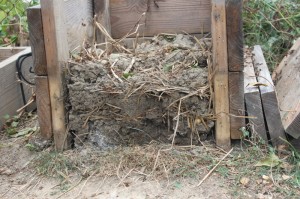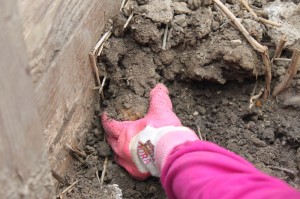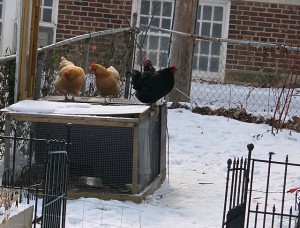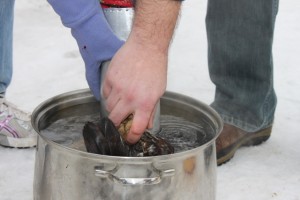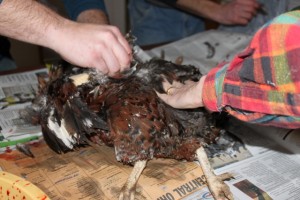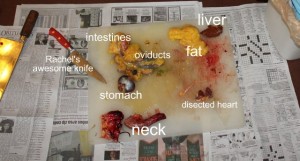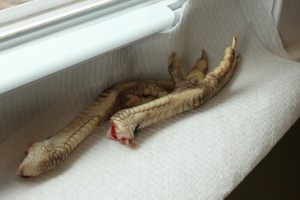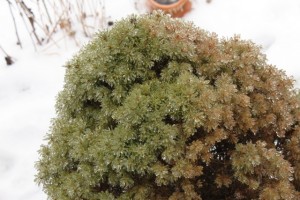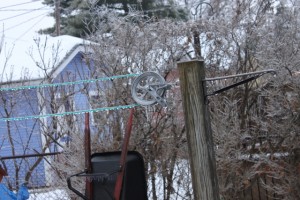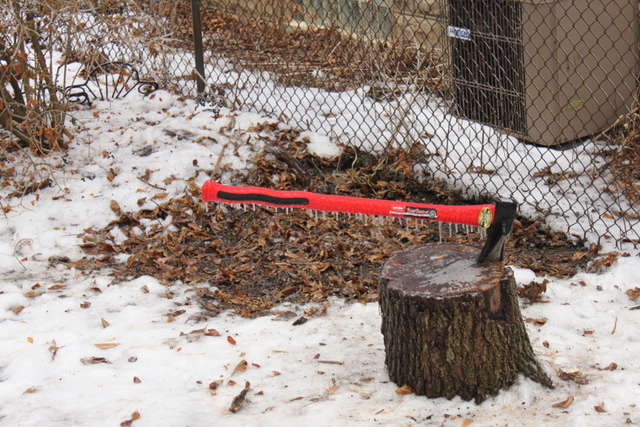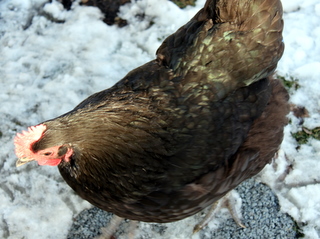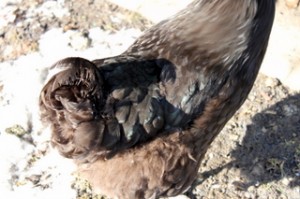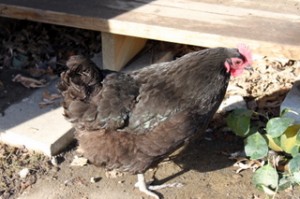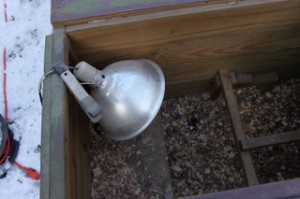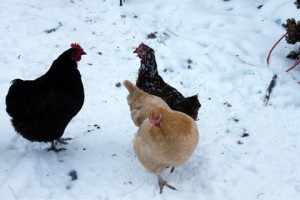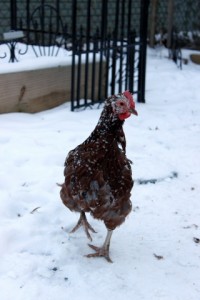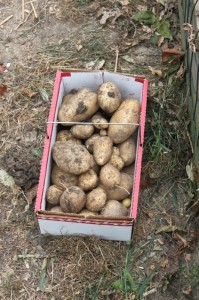 Sometimes my inner voice says I'm too preachy about things. It is true that I share a lot more success stories than mistakes. So far, our potato growing has been nothing but missteps and I'm ready to share so we all can learn from them. Here are all the ways I do NOT recommend you grow potatoes.
1) Give potato buckets only a little drainage. Last year we tried growing some seed potatoes in old buckets. I washed them and Alex added a row of holes near the bottom. I said "Don't we need holes on the bottom and up the sides?" But he insisted the single row was enough.
Sometimes my inner voice says I'm too preachy about things. It is true that I share a lot more success stories than mistakes. So far, our potato growing has been nothing but missteps and I'm ready to share so we all can learn from them. Here are all the ways I do NOT recommend you grow potatoes.
1) Give potato buckets only a little drainage. Last year we tried growing some seed potatoes in old buckets. I washed them and Alex added a row of holes near the bottom. I said "Don't we need holes on the bottom and up the sides?" But he insisted the single row was enough.
It wasn't. The potatoes grew but rotted before they set new tubers.
Because we still have the buckets and they aren't useful for much else now, I will drill drain holes all over the things this year and try again.
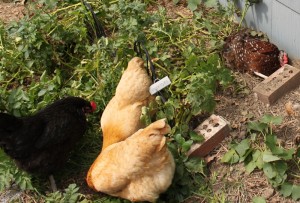 2) Plant potatoes near the pets. Our chickens and dogs conspired against us to destroy the potatoes planted in dirt. Just as they do all over the yard, chickens dug around the potato bed. We gently covered over the exposed seed potatoes and they did continue growing.
2) Plant potatoes near the pets. Our chickens and dogs conspired against us to destroy the potatoes planted in dirt. Just as they do all over the yard, chickens dug around the potato bed. We gently covered over the exposed seed potatoes and they did continue growing.
In late summer, Devie caught drift of the tubers. What spuds the chickens didn't peck, she gnawed on. That dog will eat anything.
3) Harvest too early. One day at our community garden plot, we were overanxious about harvesting potatoes. The first plants we dug had only tiny tubers. After waiting for several more weeks for the plants to truly die back and leaves to wither, the harvest was much greater.
4) Believe the potato tower myth. For two years now we have operated under the promise of harvesting 100 pounds of potatoes from a few pounds of seeds. We set up our potato tower, added soil, and waited to harvest. Both years we harvested 10 pounds for our one pound planted.
Like One Straw, we found no evidence that potatoes are sending out new tuberlets each time they are covered. The idea that perpetuates the potato tower myth seems to be truly false.
There are still several advantages to the tower.The harvest was dead simple because once the sides were removed the potatoes were visible. It required no digging.
Our animals had no way to get to the tower potatoes. Drainage and watering were not a problem in the open bottomed tower.
Good ideas:
- Space potatoes at a foot or so apart.
- Plant in a mix of soil and straw, hilling up with more soil and straw as the tuber grows.
- Remove flowers when they appear. Legend has it that Marie Antoinette like these flowers for her hair and they are very beautiful.
- Allow potatoes plants to be totally spent, i.e. very yellowed and hanging over, before harvesting.
- Elevating or containing the beds make harvesting easy.
There is one modification to the tower idea that might allow greater harvest in a four foot square area. After the potatoes shoot up 1 foot of stem, train the stem out the side of the tower between planks. Place another layer of soil and seed potatoes on top and allow those to grow as normal. One could be growing two crops on top of each other. We will experiment with this idea this year.
Good luck fellow spud growers! Share your challenges and solutions in the comments.
PS. Don't forget about my free basic gardening ebook, Grow Your Garden! Plant something edible soon.
Added to Simple Lives Thursdays 33.

